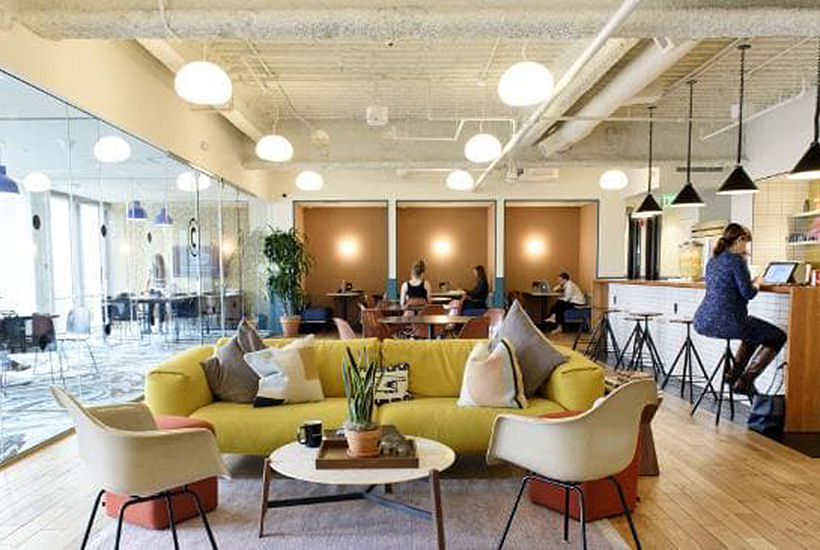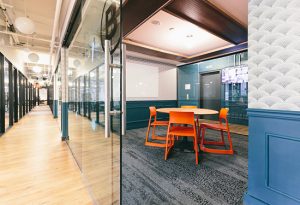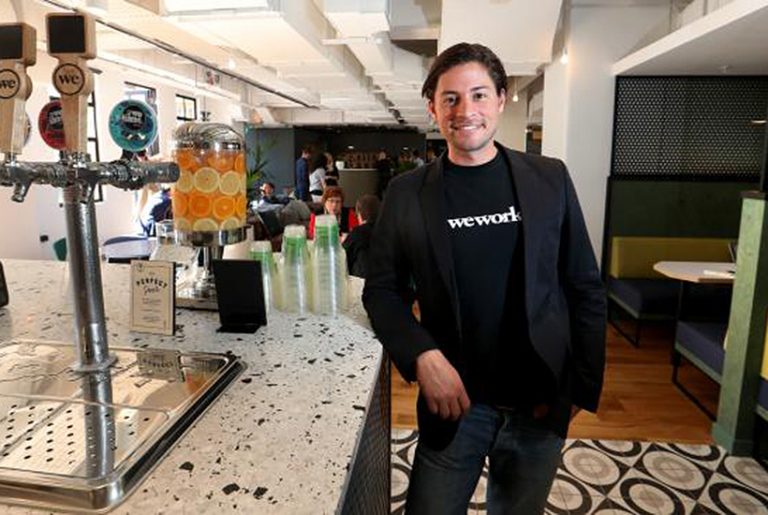Why this new style of office landlord is a game changer

WeWork is most often thought of as a disrupter changing the way — you guessed it — we work, but ultimately, when you boil it down, it is a landlord.
A landlord with a lot of changeable individuals and very small tenancies. This new way of working results in challenges most traditional landlords don’t face.
None more so than keeping a very large number of very small tenants — who individually don’t pay much and have very different needs — happy.
Commercial Insights: Subscribe to receive the latest news and updates
Right now, long-term leases are still very common in Australia.
For a building owner, if you can manage to lock in a tenant for 10 years, most of the hard work is done. Even better if that tenant takes the whole building.
Up until recently, as long as you kept that tenant reasonably satisfied, nothing much more needed to be done until towards the end of the lease.
During this time, property management was seen as a fairly basic requirement — so much so that fees for property managers were pushed downwards.
The rationale being that paying for a premium property management service wasn’t worth the money when something far more basic would suffice.
But this leasing utopia has changed. Businesses no longer know how many people they will employ in 10 years and are unwilling to sign a lease for so long.
Growing tech companies often don’t even know how many people they will employ in one year.

WeWork has leased Lendlease’s timber complex at 1 Sussex St.
When our own company pre-committed to our Melbourne headquarters in Cremorne, we went from needing half the building at the beginning of construction to needing the whole building by the time it was complete.
Even very large traditional occupiers, like our biggest banks, are less certain of their requirements over the short term.
Lease terms now have to be more flexible and shorter. The biggest challenge is, with tenants not locking into long-term leases, they have greater incentive to move if they don’t like their building, hate the location, are frustrated with the level of service or don’t get along with the landlord.
WeWork has all the same challenges as a traditional landlord, but the leases are generally very short and there are a lot more tenants to deal with.
To keep them, WeWork needs to offer a high level of service. Serviced offices are not new but the way WeWork tenants have become brand loyal is less common.
A WeWork building, whether it’s in Sydney, Hong Kong or Chicago, offers a level of consistency.
The way owners handle tenants day to day is changing rapidly. Concierge services are now common and increasingly hotel-like in their approach.
Building owners are offering services such as exercise classes and free morning coffee. Building branding is continuing to gain traction and this branding leads to greater loyalty to the owners that offer the highest level of service.
The result is property management is moving from being a race to the bottom for price to a race to the top for service. And that’s great news for tenants.
What will this mean for the property industry? Like industrial property, which has benefited from changes in the way we use technology, the more intensive nature of keeping tenants happy will mean property managers are going to become more important.
And more will have to be paid to get the best ones.
Nerida Conisbee is chief economist at REA Group
This article originally appeared on www.theaustralian.com.au/property.







